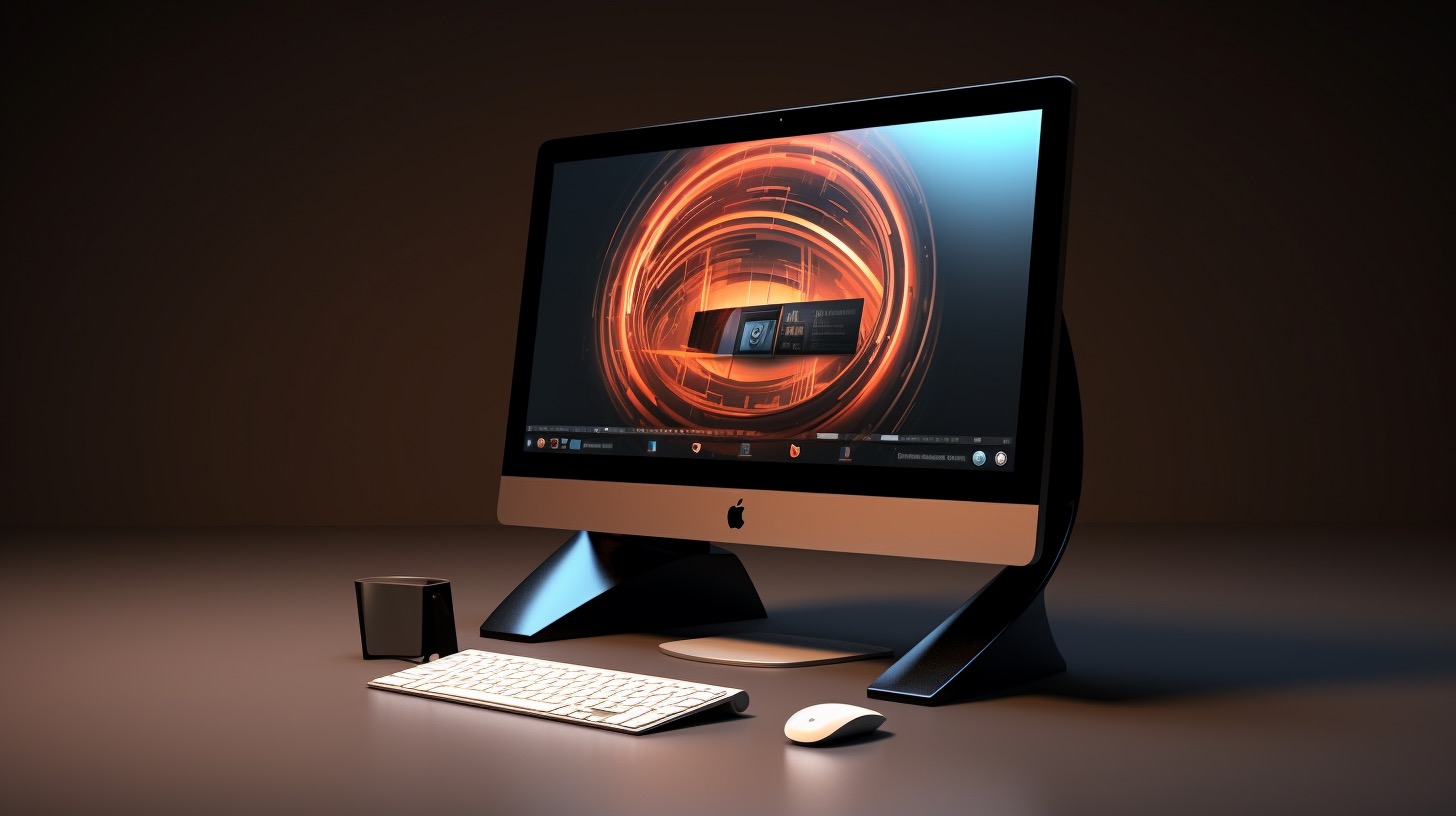Sun Patent Trust Accuses Xiaomi of Unauthorized LTE-A Tech
Sun Patent Trust, a holder of an extensive patent portfolio, has initiated litigation against tech giant Xiaomi. Filed in two different jurisdictions, the legal proceedings in India and France will focus on Xiaomi’s alleged unauthorized use of LTE-A (Long-Term Evolution Advanced) technology in their smartphones.
The foundation of Sun Patent Trust’s allegations is that Xiaomi has been incorporating this advanced mobile standard into their devices without the necessary licenses since late 2018. Now, as the court dates loom, Xiaomi faces the possibility of being instructed to pay out substantial damages of as much as $300 million. The Indian hearings will delve into the infringement dispute concerning key patents, while the French court is set to contemplate the legitimacy of collecting royalties.
Legal Ownership Behind the Controversy
Within the portfolio of Sun Patent Trust lies approximately 3,000 patents, previously under the ownership of Panasonic. According to the Delaware-incorporated firm, Xiaomi’s product range seems to infringe upon over 160 of these patents, all of which are fundamental to the functionality of the LTE-A technology. This standard is critical for ensuring high-speed communication capabilities in modern smartphones, making the outcome of this lawsuit pivotal not just for the parties involved but potentially for the entire mobile communications industry.
Key Questions and Answers:
1. What is LTE-A technology?
LTE-A, or Long-Term Evolution Advanced, is a standard for wireless broadband communication. It is an enhancement to the original LTE technology, providing higher data rates, increased capacity, and improved efficiency.
2. Why is Sun Patent Trust suing Xiaomi?
Sun Patent Trust alleges that Xiaomi has been using LTE-A technology in their smartphones without the required licenses and thus, has initiated legal proceedings for infringement of patents.
3. What could be the consequences for Xiaomi?
If found guilty of infringement, Xiaomi could face an injunction preventing them from selling their devices in the markets concerned, and they may have to pay substantial damages, which could be as much as $300 million.
4. Why is this case significant for the mobile communications industry?
As LTE-A technology is fundamental for high-speed communication capabilities in modern smartphones, the outcome of this lawsuit could have implications on licensing practices and competitive dynamics within the industry.
Key Challenges or Controversies:
A key challenge in such cases is the complexity of patent law, which can make it difficult to determine whether a product truly infringes on a patent. Additionally, a controversy often arises from the balance between protecting intellectual property rights and fostering innovation within the industry. Patent litigation can also impact the global supply chain and consumer choice if products are banned as a result of legal action.
Advantages and Disadvantages:
From the viewpoint of Sun Patent Trust, the advantages of pursuing legal action include upholding their intellectual property rights, compensating for unauthorized use, and deterring future infringements. The disadvantage is the cost and time associated with lengthy litigation, and potential damage to their reputation in the industry, which can affect future licensing opportunities.
For Xiaomi, the case could lead to a disadvantage if they face sales injunctions and large damages, as well as legal fees. There’s also the potential loss of consumer trust. On the upside, resolving the dispute may allow them to continue using LTE-A technology with proper licenses, maintaining their competitive edge in the market.
To ensure the URL provided is valid and directly relevant to the topic, no suggested related links are included, as without having access to the full context and reference articles, it’s not possible to guarantee the validity of a website URL.
Please note, the most accurate and complete information would come from examining the original legal documents, statements from the involved parties, or insights from legal experts in intellectual property and the specific industry technology standards.
The source of the article is from the blog rugbynews.at
